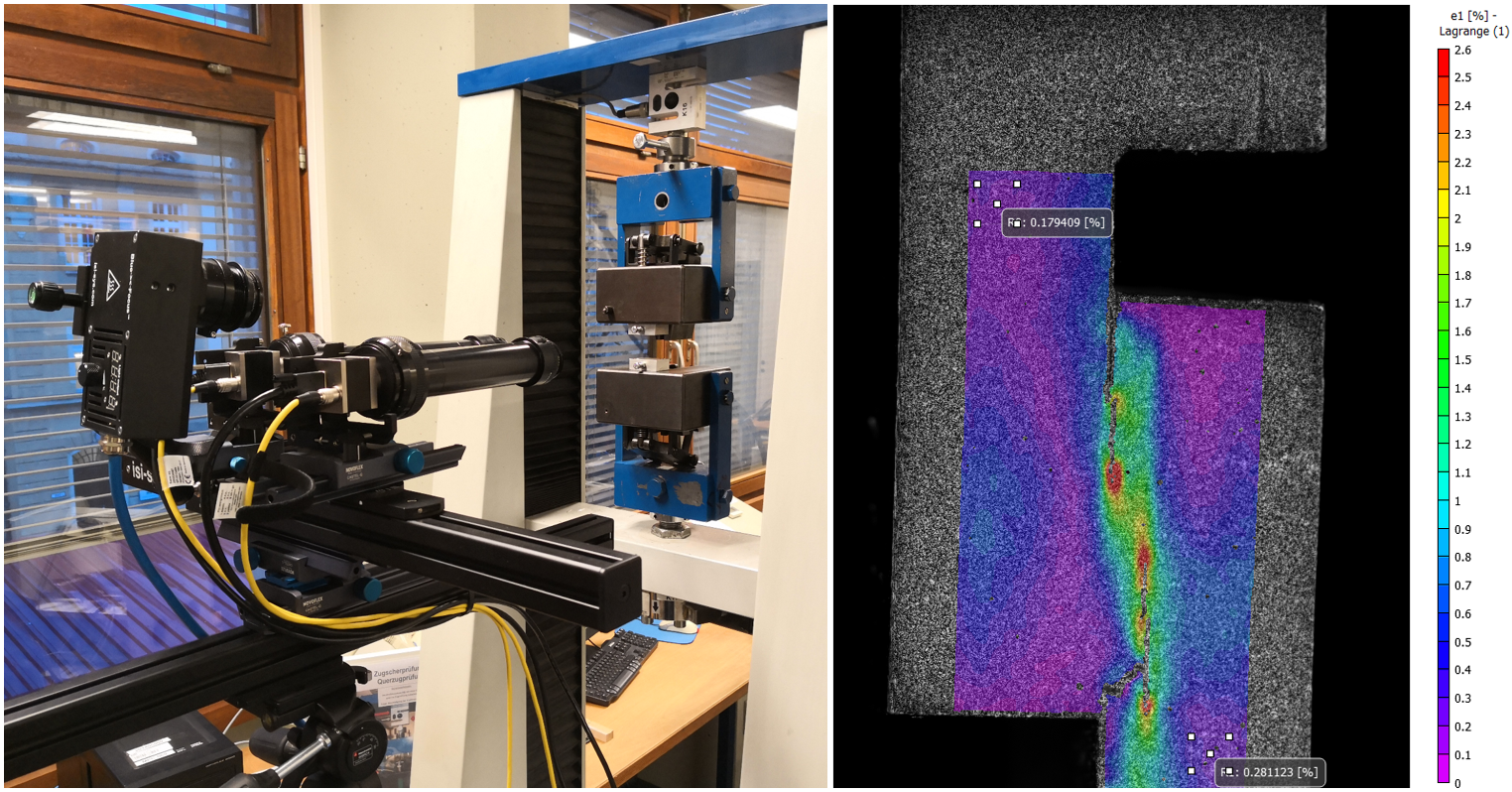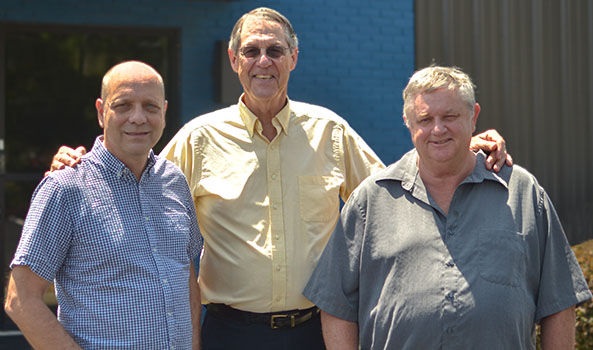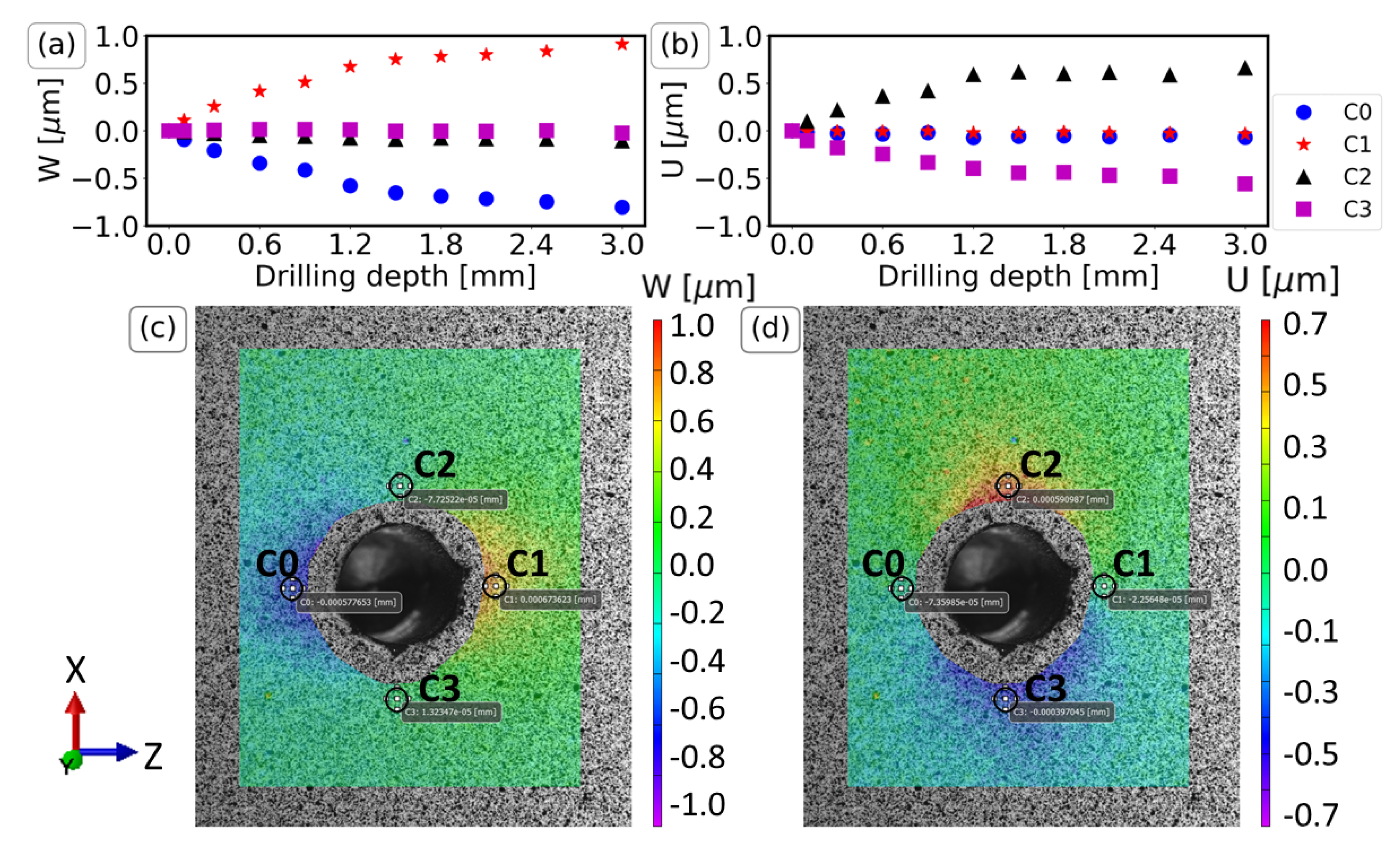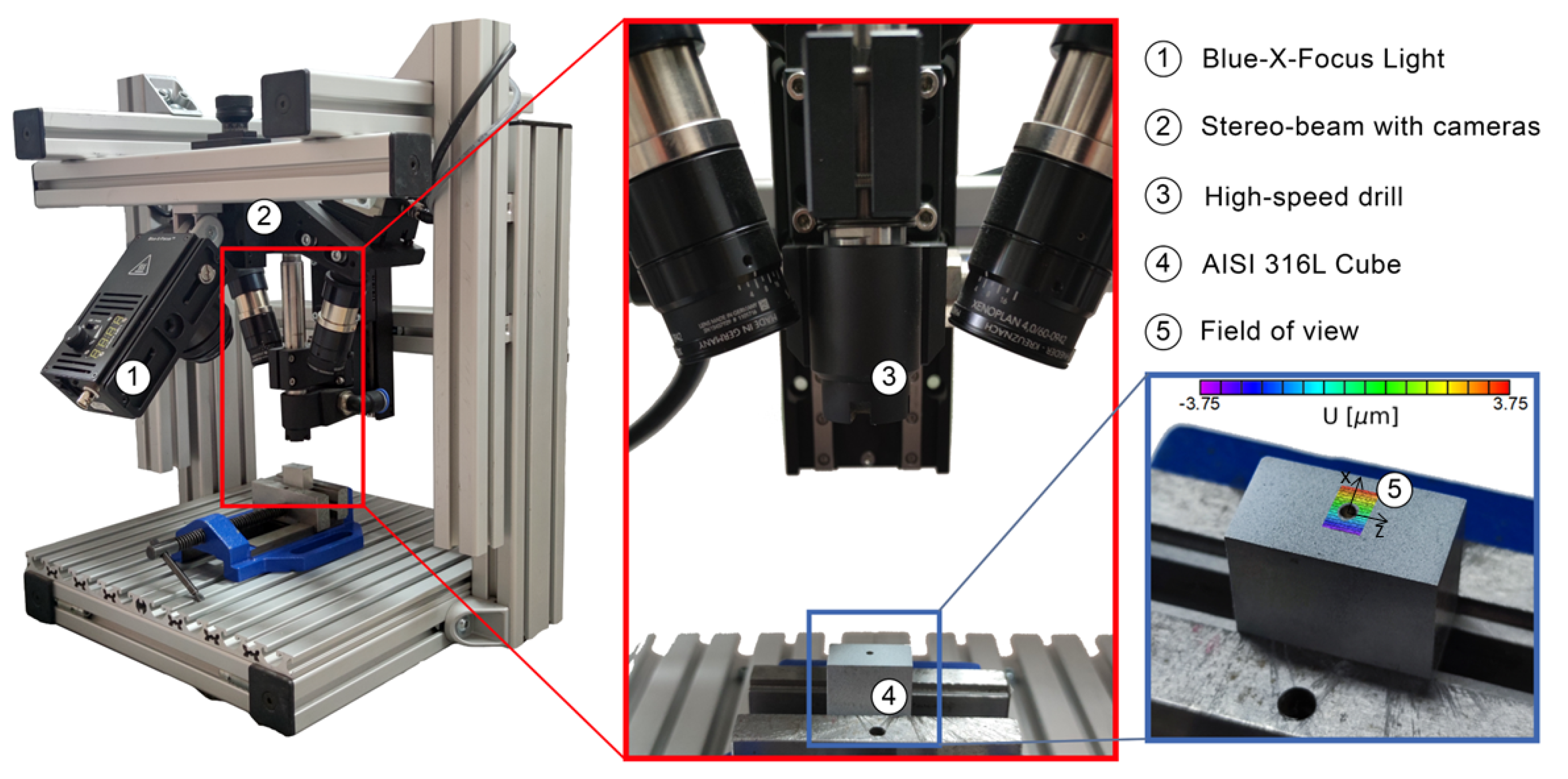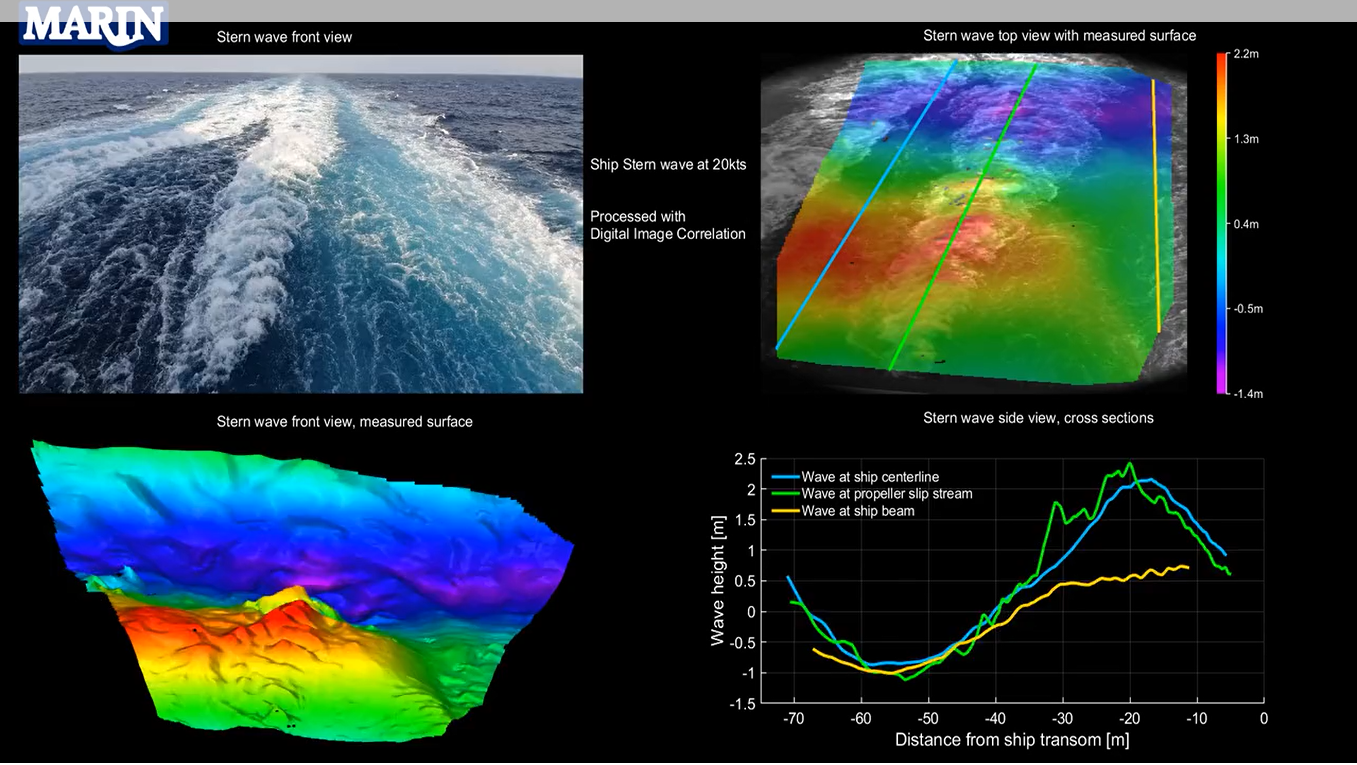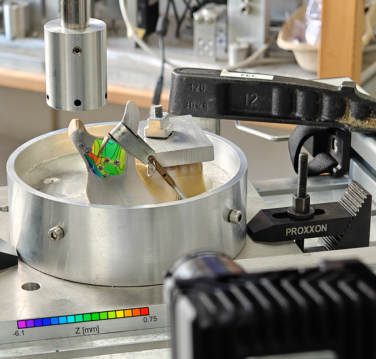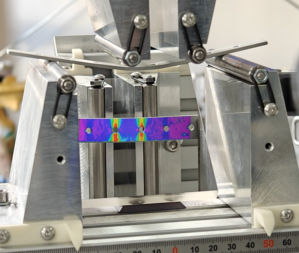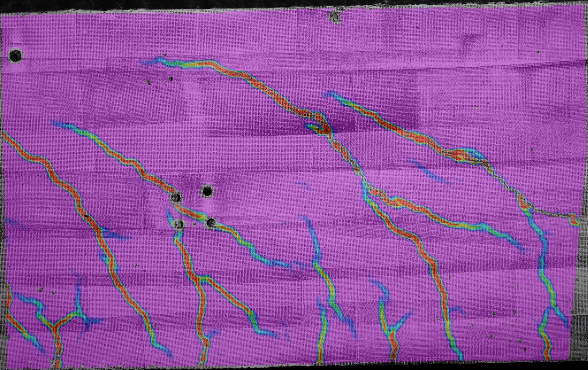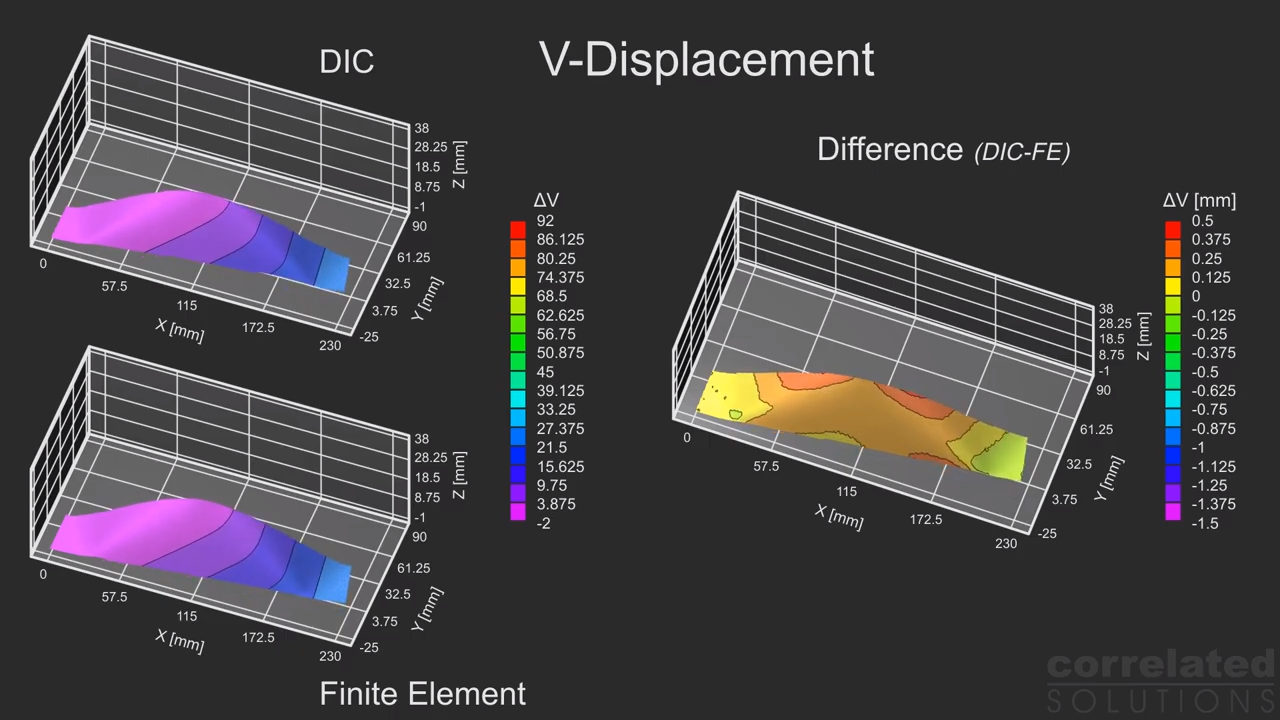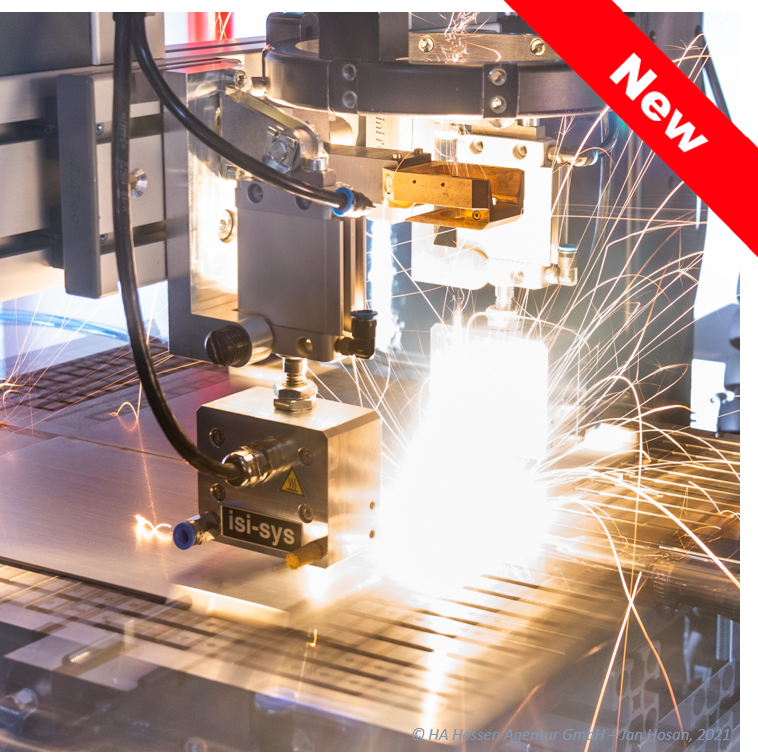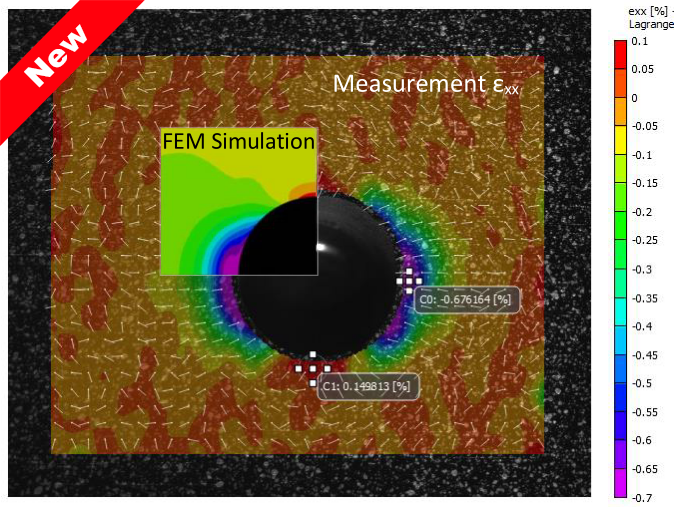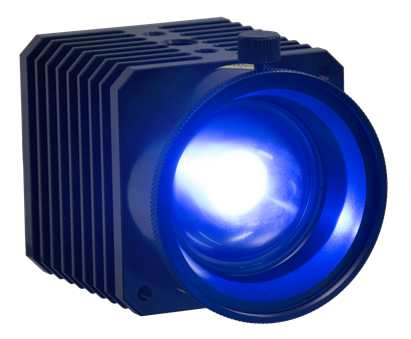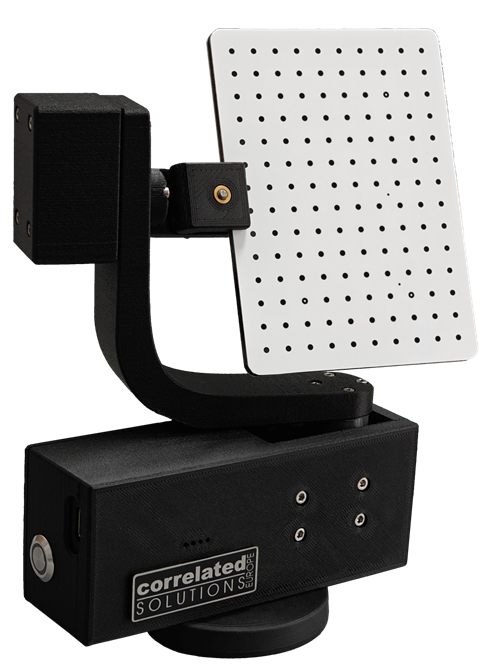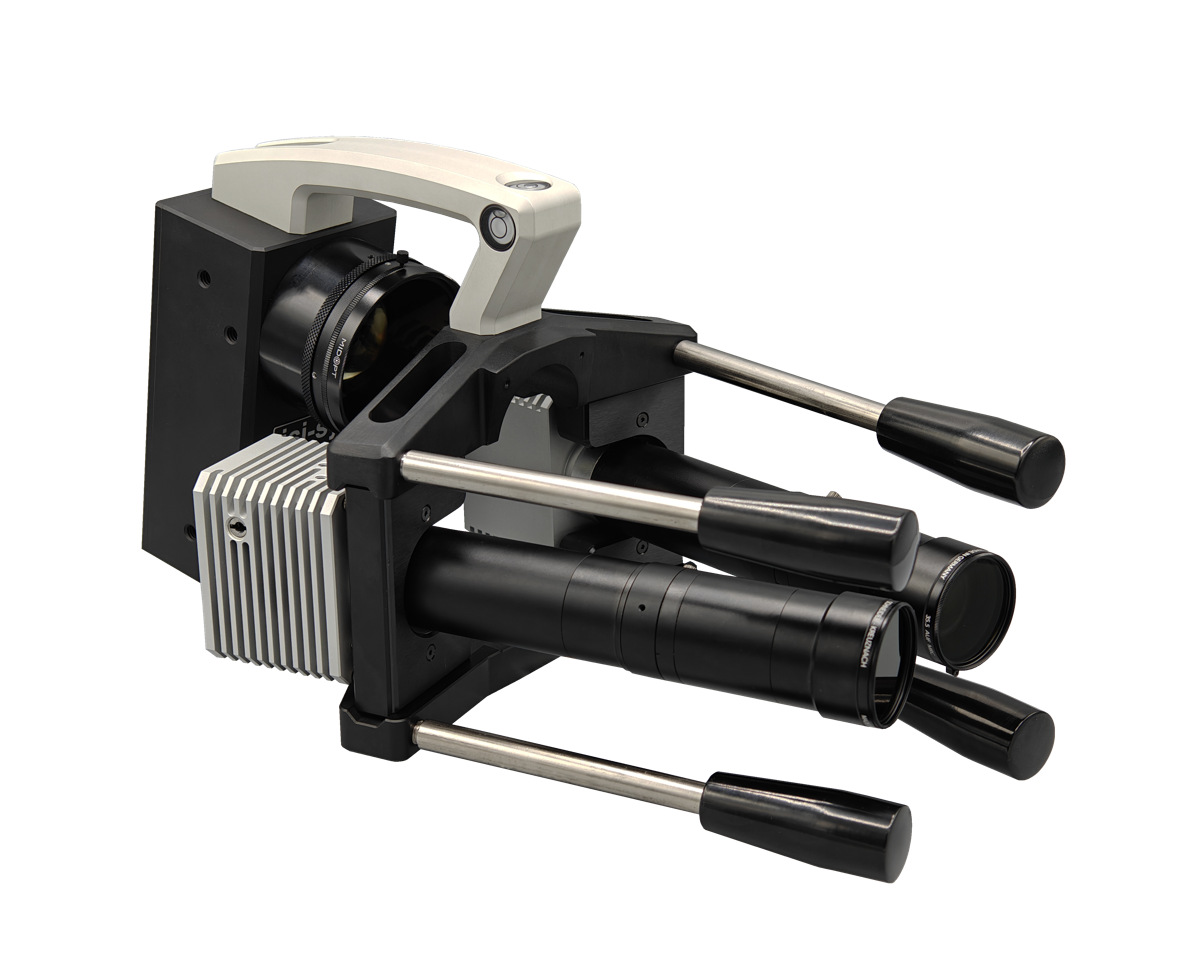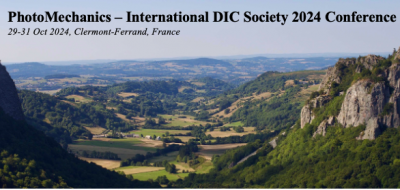The isi-sys DAQ devices are set up for operation with the Vic software for Digital Image Correlation (DIC) by Correlated Solutions and function as integral part of isi-sys turn-key DIC systems. They mainly serve for triggering the cameras (hardware trigger) and simultaneously recording analog data as well as for delivering analogue real-time output generated by the Vic-Gauge software.
There are three DAQ types with different performance and features (and pricing):
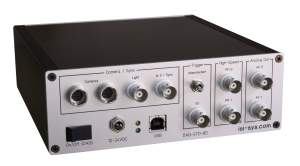
Only the DAQ-STD- 8D Synchronization- / Trigger Device can be used for synchronization of the cameras via a periodic signal (supported by the Fulcrum Module of Vic-Snap or the isi-sys synchronisation software module / isi-Studio
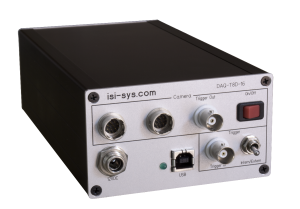
Isi-sys also offers a 16-bit device — the DAQ-T8D-16. Both devices have +/-10V output channels.
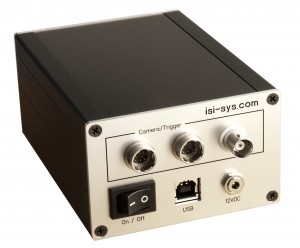
The DAQ-T4D-12 is a 12bit device with 5V analog output
Camera Trigger & Power supply
Hardware triggering and the power supply for the cameras are transmitted via the 12-pin Hirose connectors on the DAQ device. Two of these connectors are available for connecting up to two cameras. Isi-sys also offers Y‑cables for operating 4 cameras (two stereo systems) or more. It is also possible to operate more than two cameras with one DAQ device. We will be happy to advise you.
Computer Connection
Connection to a computer is done by USB cable (type A <-> type B connector).
Analog inputs
isi-sys DAQ devices are available with either differential or non-differential analog inputs. The analog input connectors are BNC type, the range is +/-10V.
Further IO connectors
Besides analog inputs, all isi-sys DAQ devices can also be equipped with analog outputs (BNC type connector), which differ in voltage range depending on DAQ type. Digital IO connectors (BNC type) are available as well.

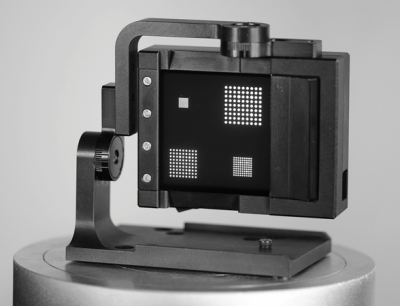
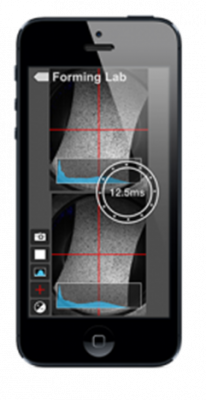

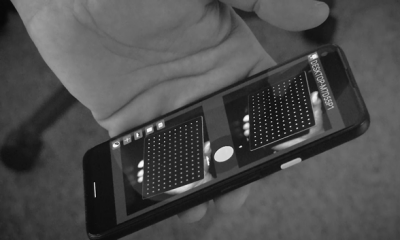
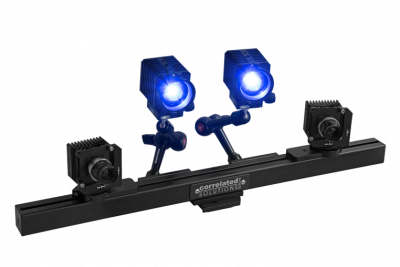
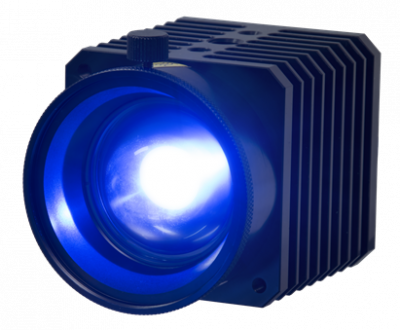
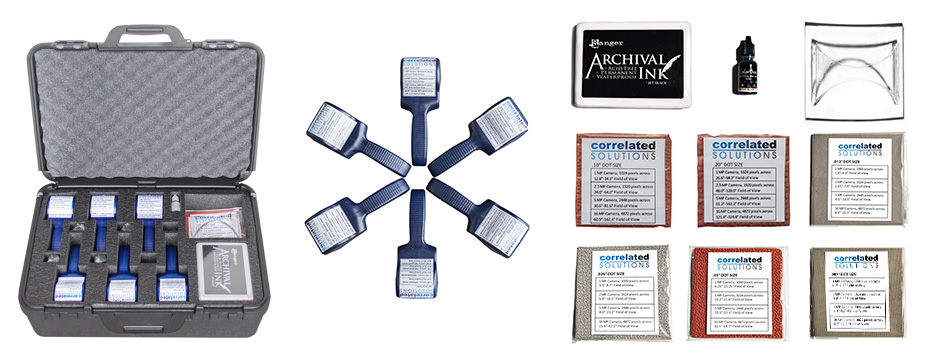
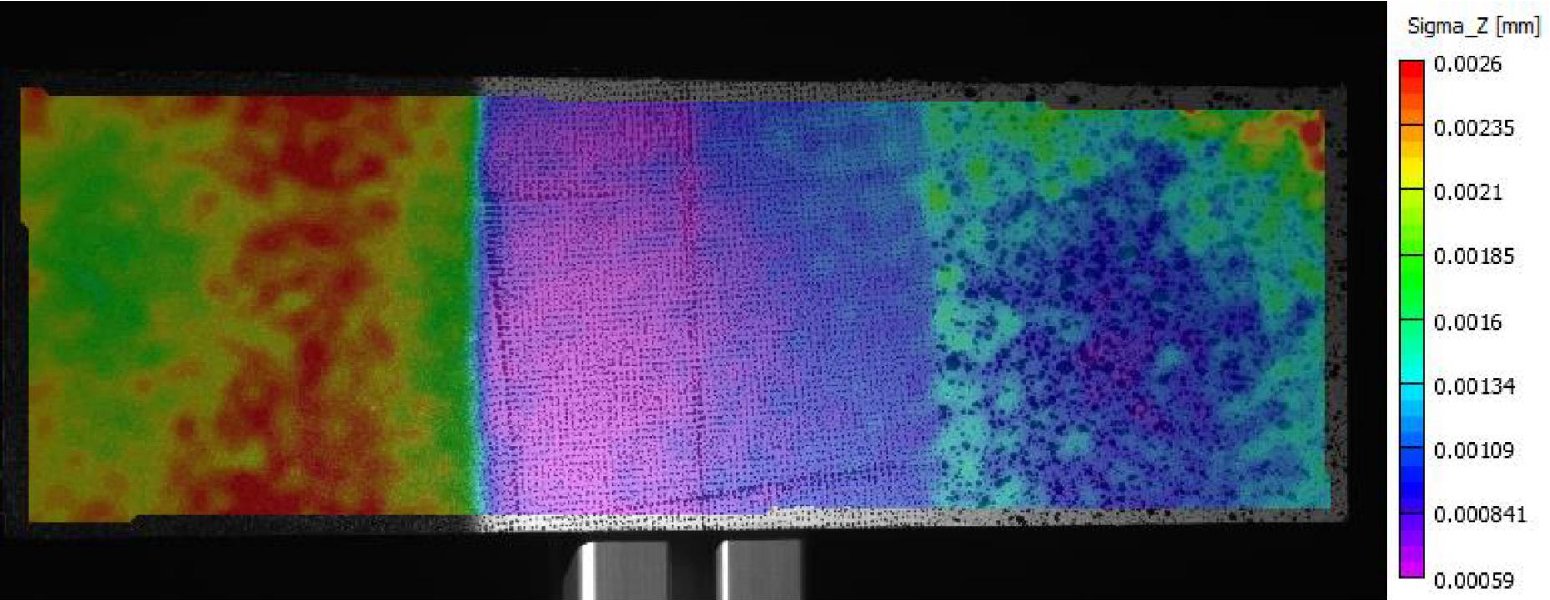
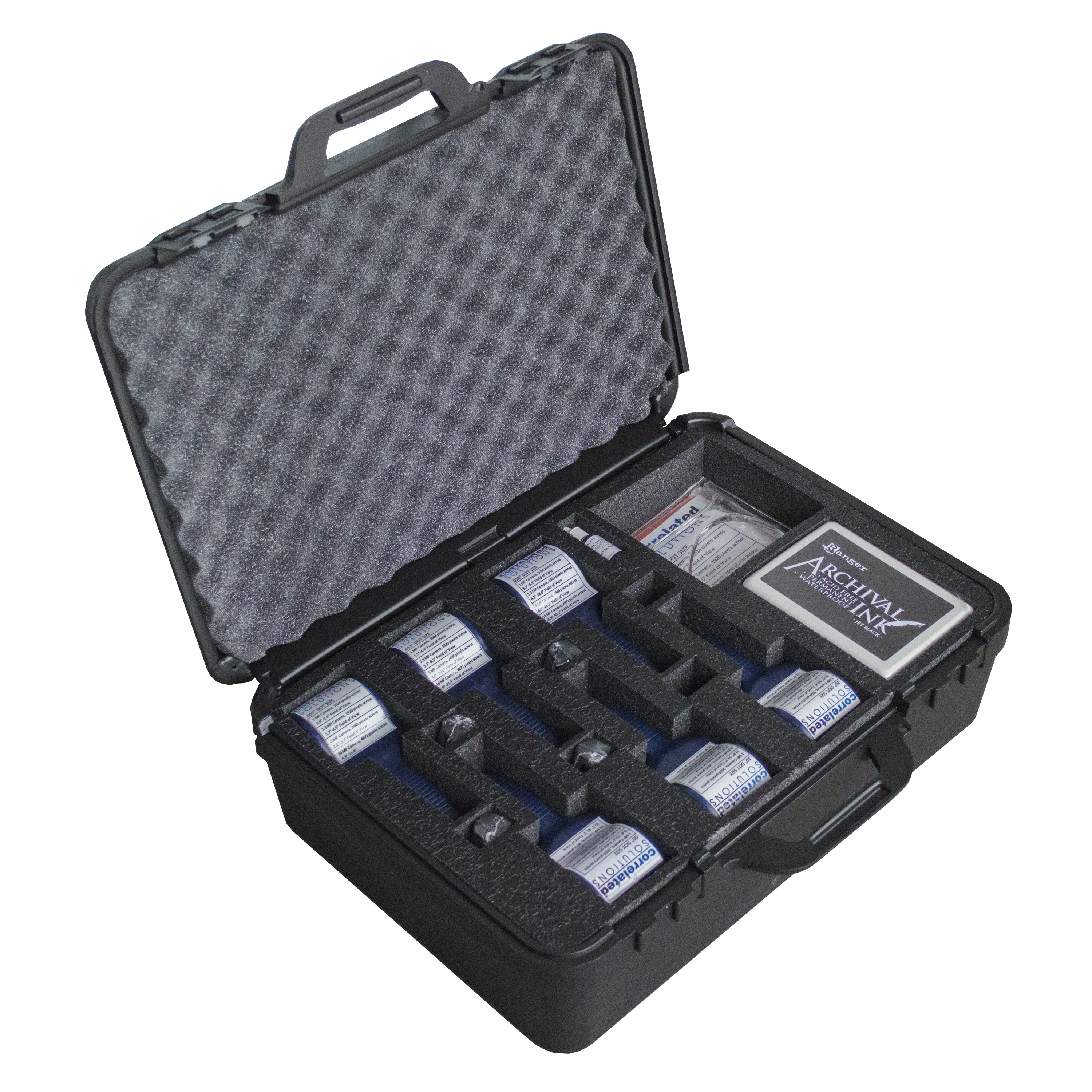
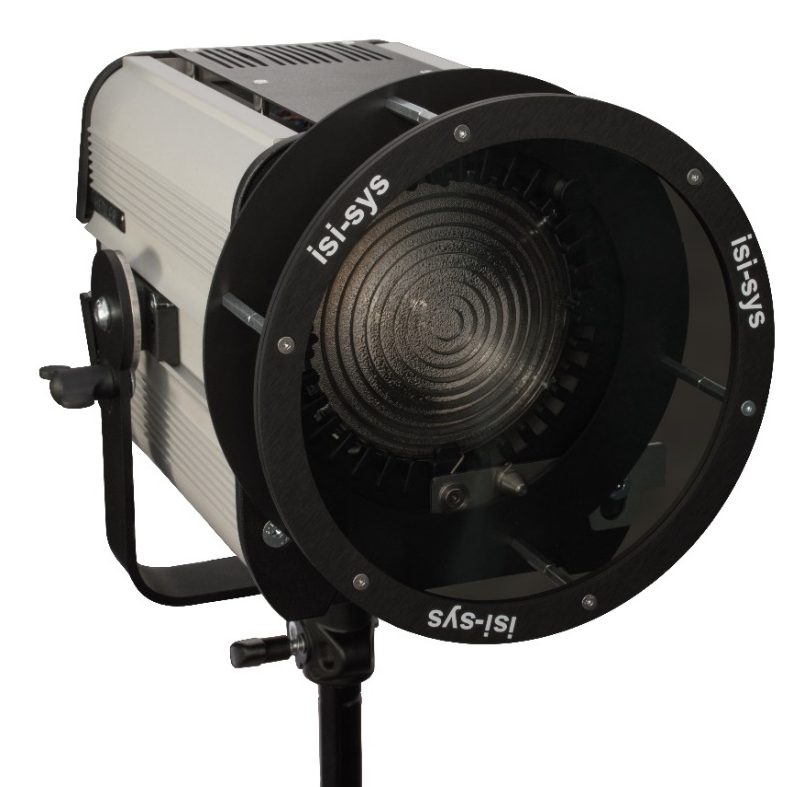

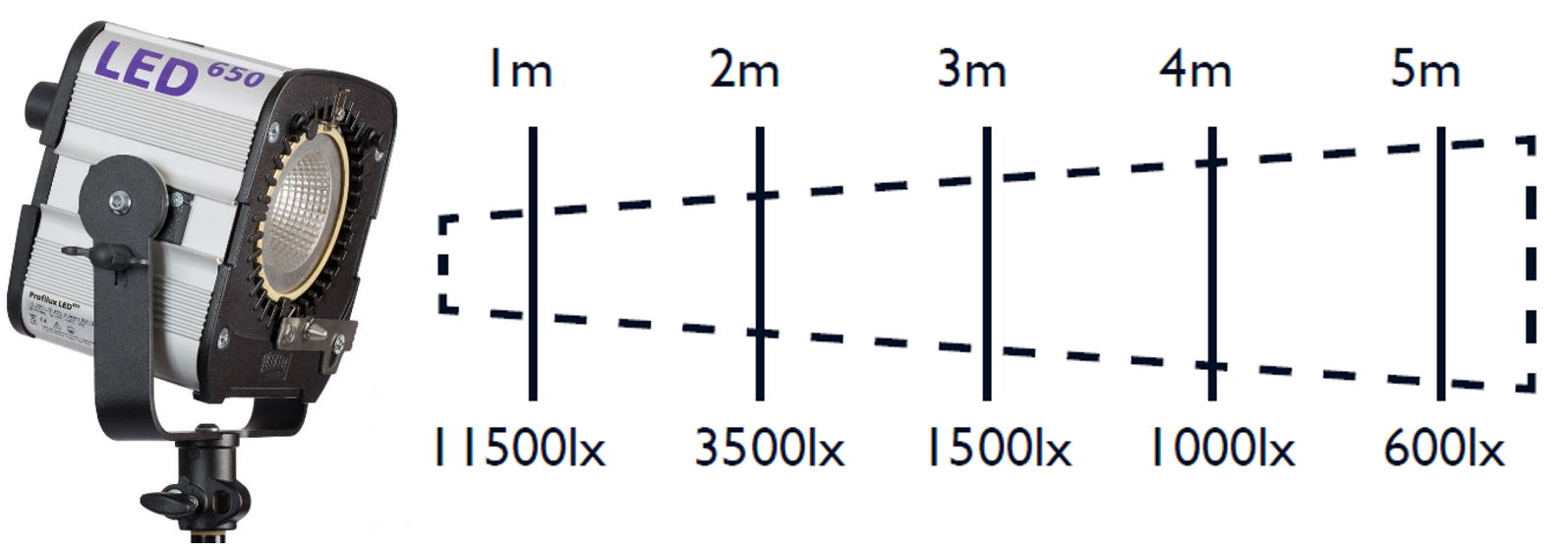

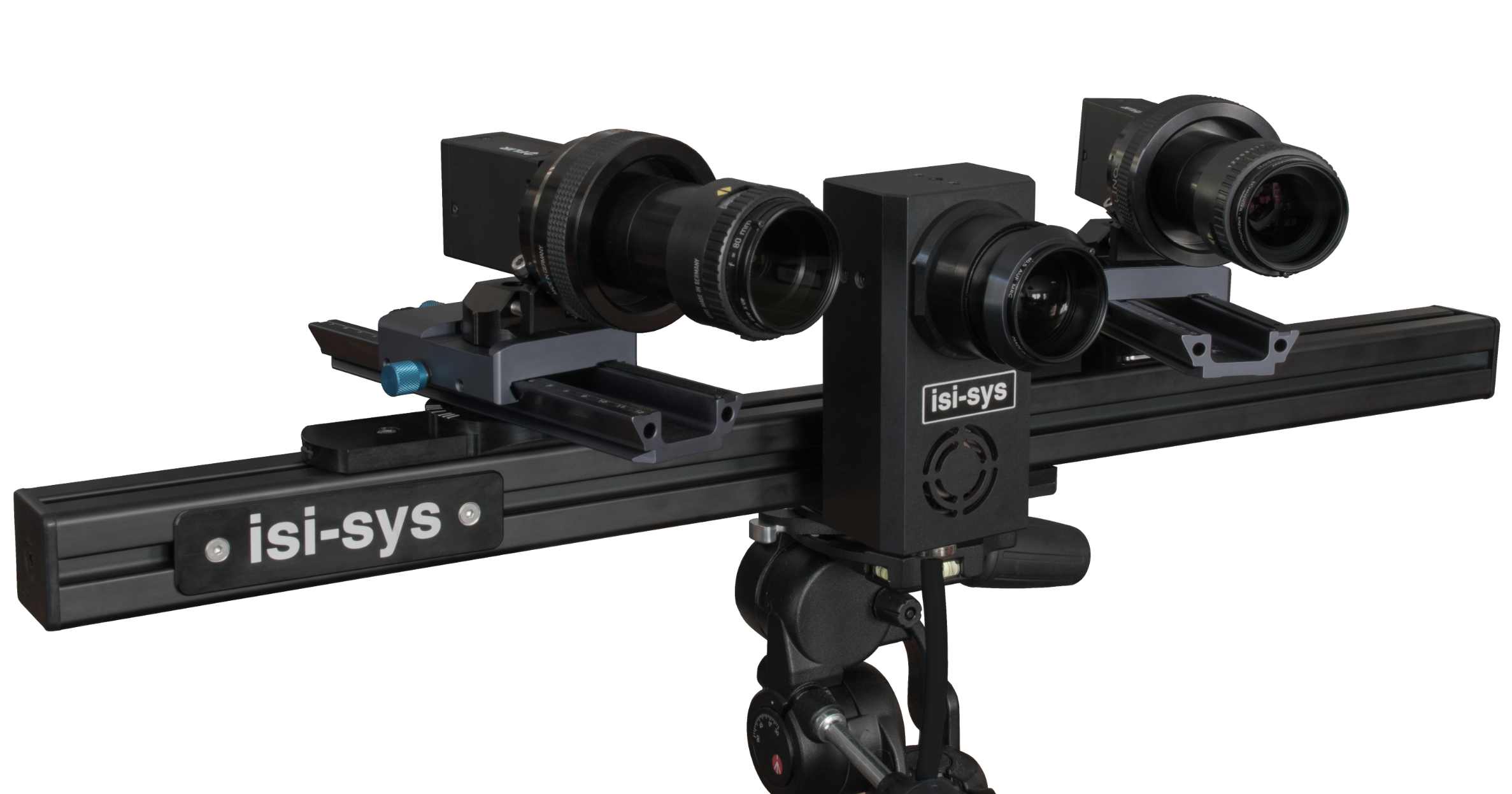
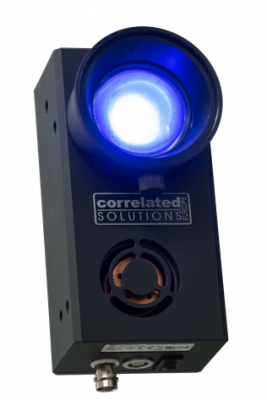 Further details:
Further details: